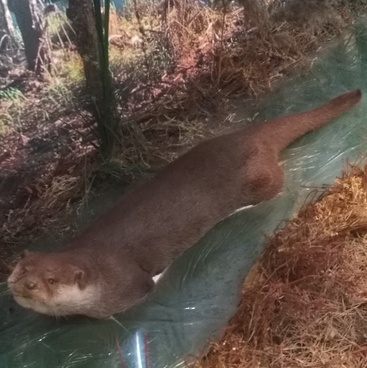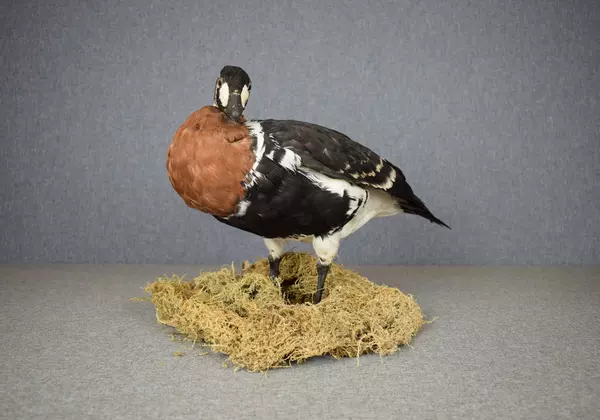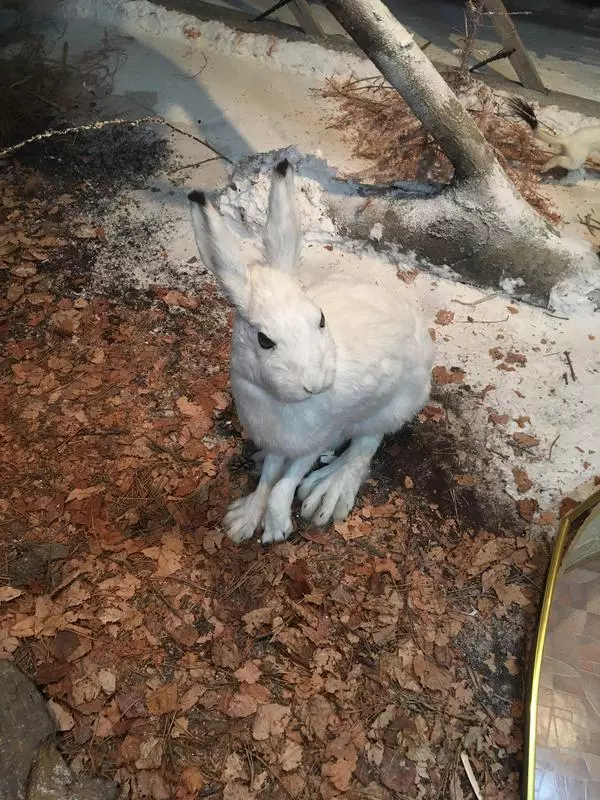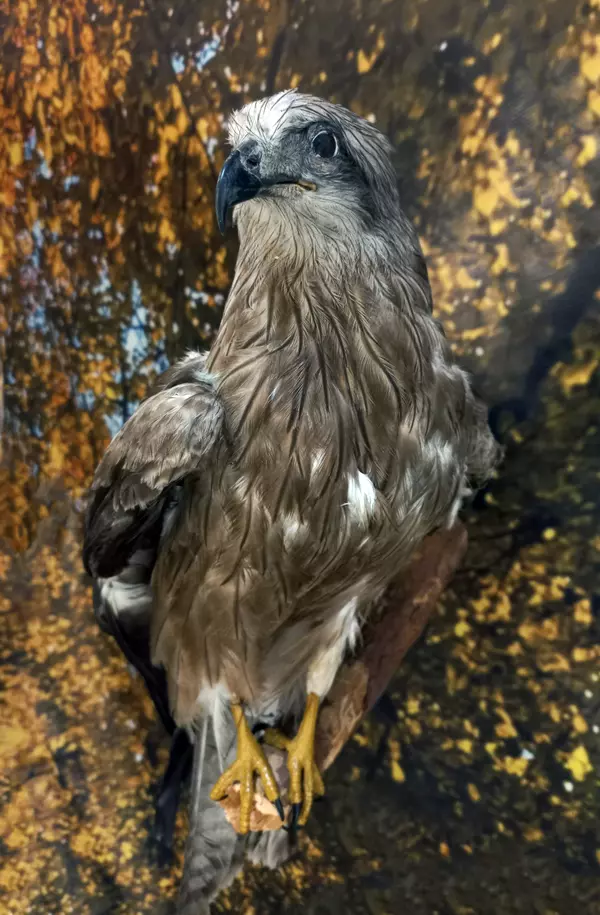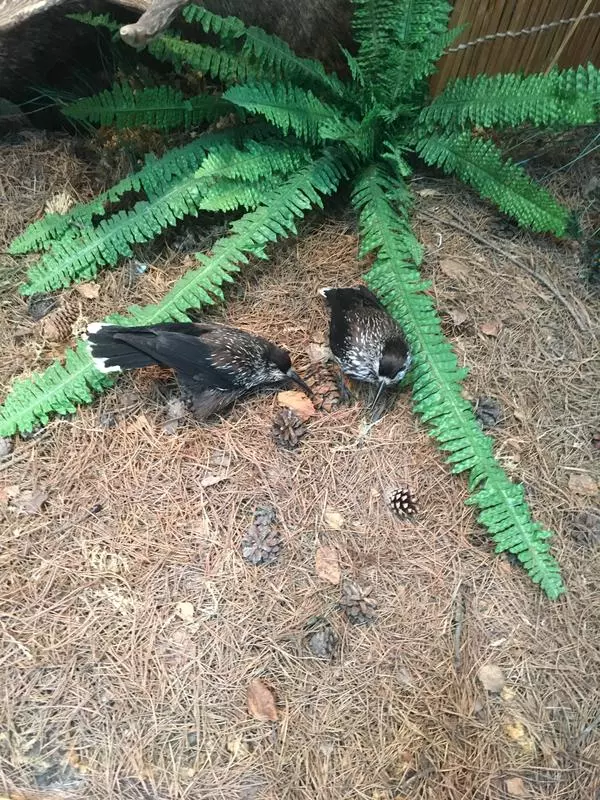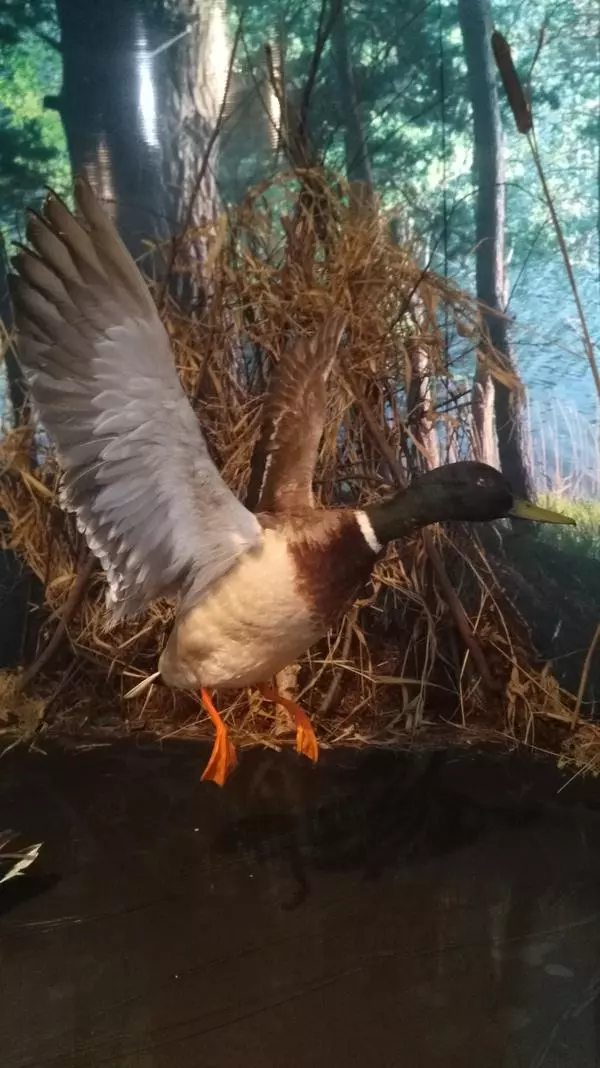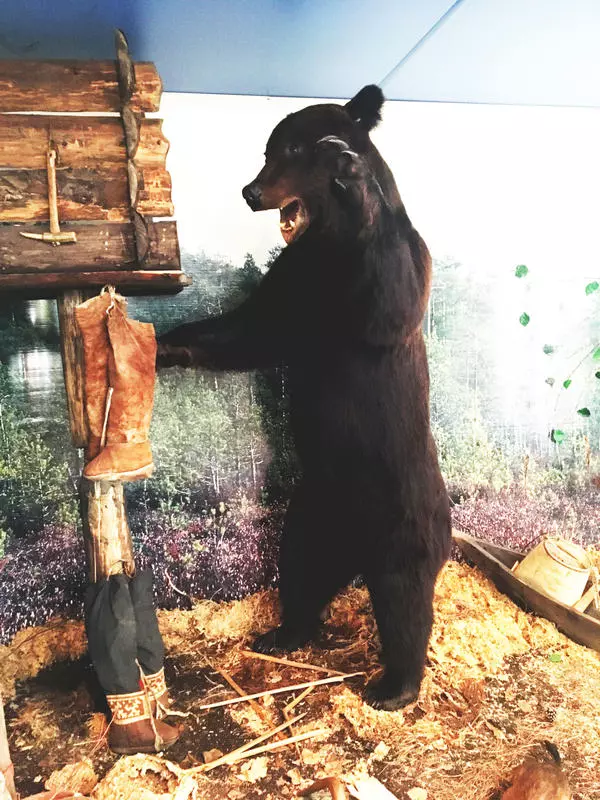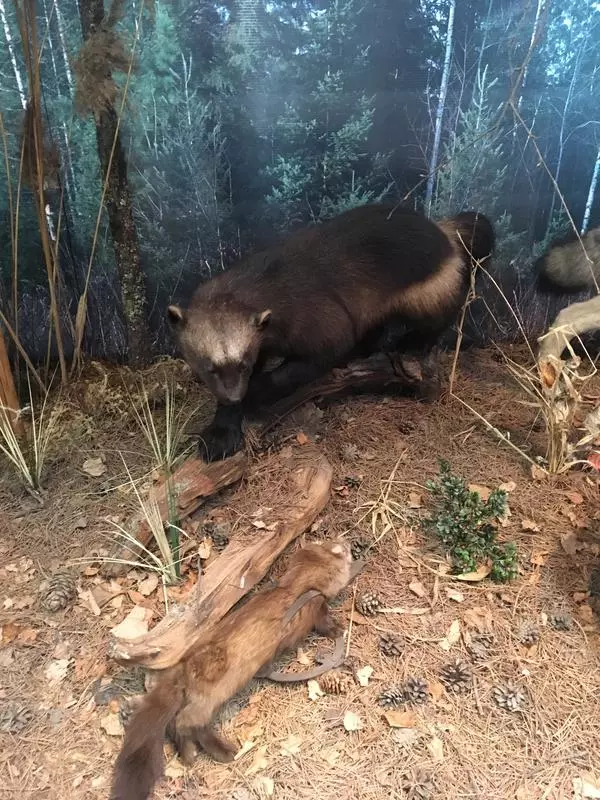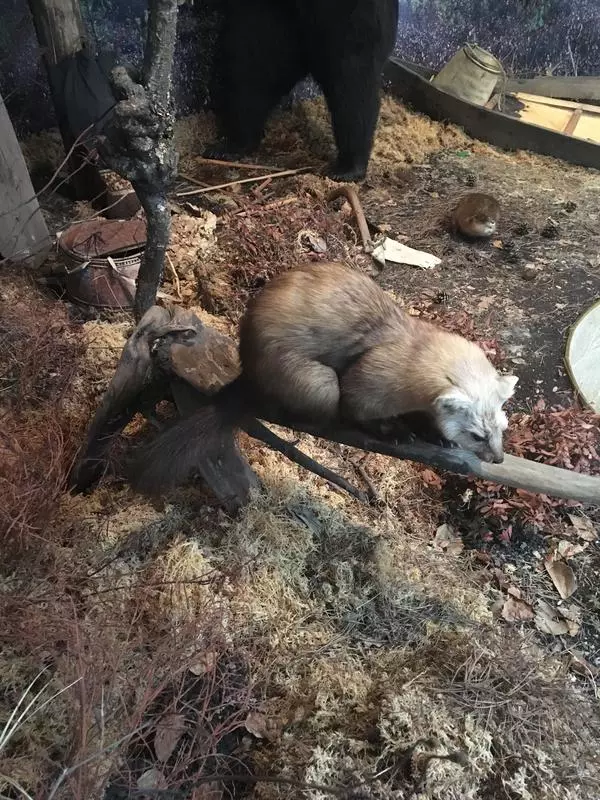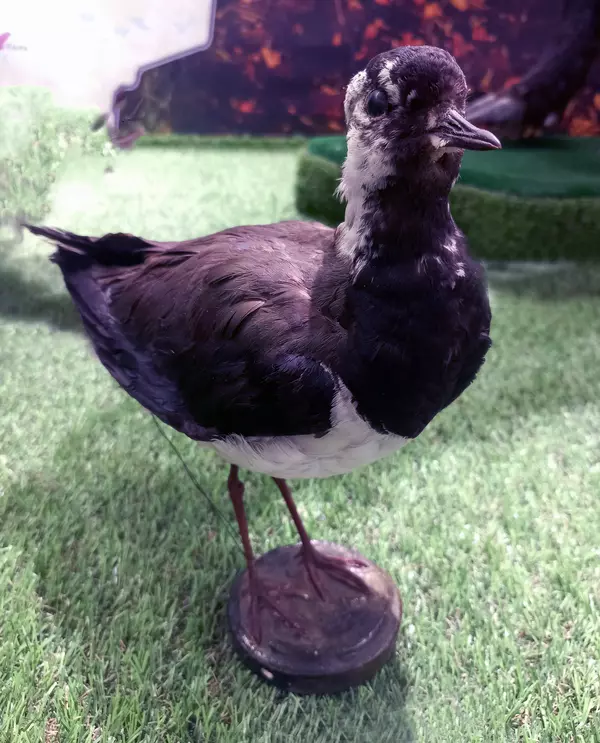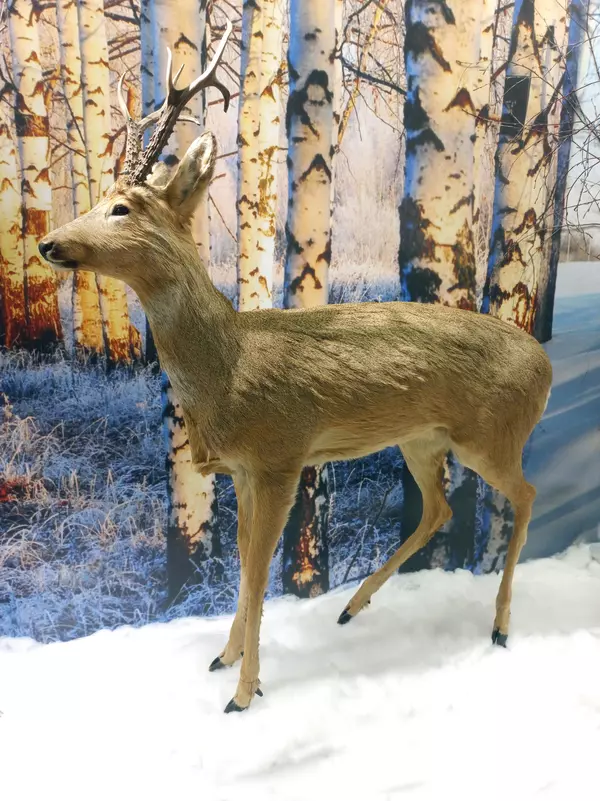The wolf (Canis lupus) is the largest carnivore mammal of the dog family. It measures 66-86 centimeters at shoulder height and 105-160 centimeters in body length. An average wolf weighs 32 to 82 kilograms, although much larger specimens were recorded.
The wolf’s fur is dense, long and has two layers. The first layer consists of coarse guard hair that repels water and dirt. The second layer, or underfur, is composed of waterproof down hairs that keep the animal warm. In late spring or early summer, the underfur begins to come off the body in clumps. To facilitate seasonal fur shedding, wolves rub against large stones or tree branches.
Wolves live in various terrains but they prefer steppe and semi-deserts, tundra and forest-steppe. In the mountains, they can be found all the way from the foothill to Alpine meadows but tend to stick to open areas. They can as well live near human dwellings. Wolves have followed men to the taiga zone as timber cutting progressed.
The wolf is a territorial animal. Breeding couples and, quite frequently, packs live a settled life within certain areas, scent marking their turf. In wintertime, a pack’s hunting area is 30-60 square kilometers. In spring and summer, when a pack breaks up, its territory can be split into several sectors.
When it comes to breeding, wolves make use of natural shelters, such as fissures in rocks or thick bushes, to build a den. Sometimes, the den is the appropriated burrow of smaller animals, such as badgers, marmots, or polar foxes; on rare occasions, wolves dig burrows themselves.
Wolves are nocturnal predators. They hunt hoofed mammals, cattle, and can even attack dogs. They will also eat smaller prey, including hares, rodents, birds. Unlike many other predators, wolves often return to partially consumed remains of their victims, especially when food is scarce.
Wolves howl at dawn and in the twilight; this is how members of a pack communicate with each other. However, when hunting, they generally do not make unnecessary noises and move stealthily as to not scare their prey away. A wolf has a running gate of 55-60 km/h, and it takes it only a few seconds to achieve the full speed. At night, these animals can travel up to 60-80 km.
The wolf’s fur is dense, long and has two layers. The first layer consists of coarse guard hair that repels water and dirt. The second layer, or underfur, is composed of waterproof down hairs that keep the animal warm. In late spring or early summer, the underfur begins to come off the body in clumps. To facilitate seasonal fur shedding, wolves rub against large stones or tree branches.
Wolves live in various terrains but they prefer steppe and semi-deserts, tundra and forest-steppe. In the mountains, they can be found all the way from the foothill to Alpine meadows but tend to stick to open areas. They can as well live near human dwellings. Wolves have followed men to the taiga zone as timber cutting progressed.
The wolf is a territorial animal. Breeding couples and, quite frequently, packs live a settled life within certain areas, scent marking their turf. In wintertime, a pack’s hunting area is 30-60 square kilometers. In spring and summer, when a pack breaks up, its territory can be split into several sectors.
When it comes to breeding, wolves make use of natural shelters, such as fissures in rocks or thick bushes, to build a den. Sometimes, the den is the appropriated burrow of smaller animals, such as badgers, marmots, or polar foxes; on rare occasions, wolves dig burrows themselves.
Wolves are nocturnal predators. They hunt hoofed mammals, cattle, and can even attack dogs. They will also eat smaller prey, including hares, rodents, birds. Unlike many other predators, wolves often return to partially consumed remains of their victims, especially when food is scarce.
Wolves howl at dawn and in the twilight; this is how members of a pack communicate with each other. However, when hunting, they generally do not make unnecessary noises and move stealthily as to not scare their prey away. A wolf has a running gate of 55-60 km/h, and it takes it only a few seconds to achieve the full speed. At night, these animals can travel up to 60-80 km.

